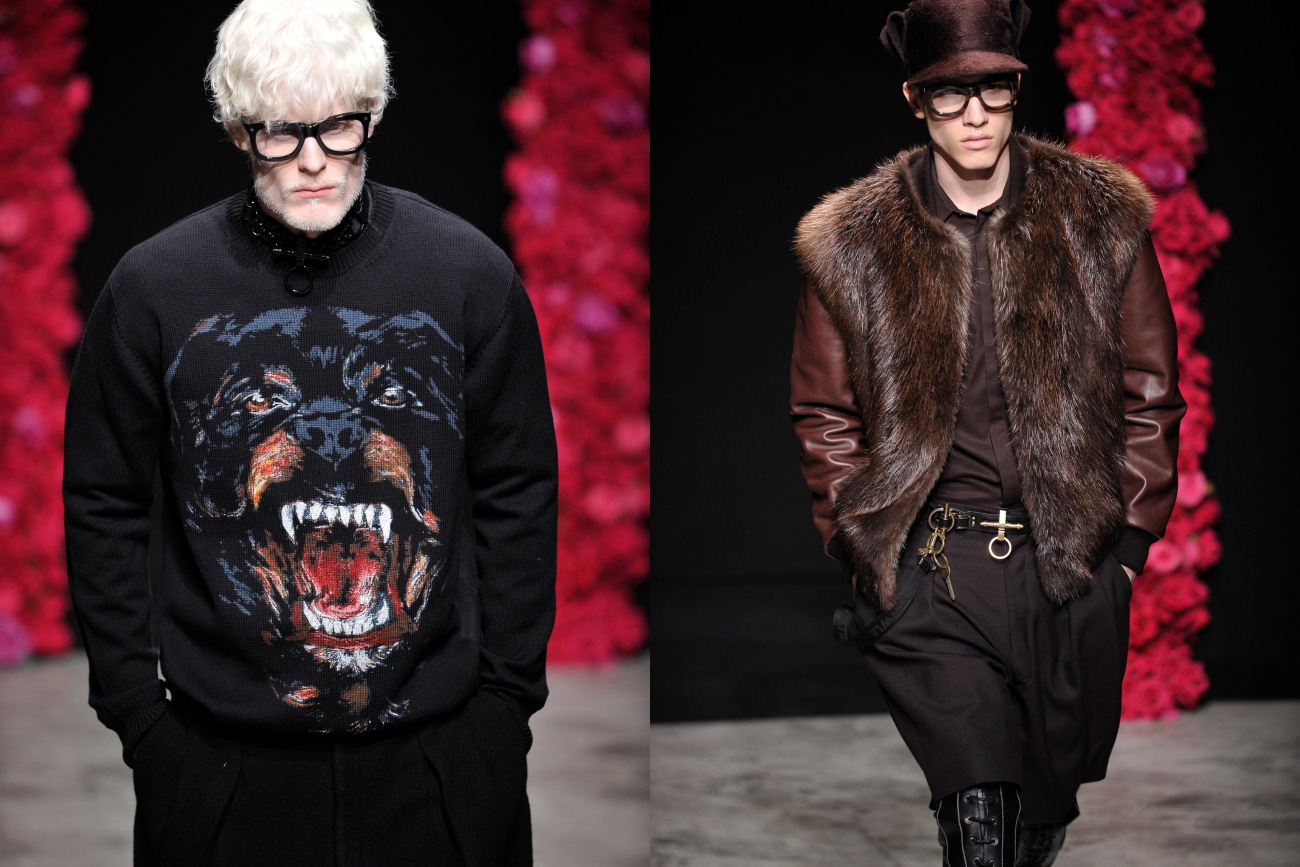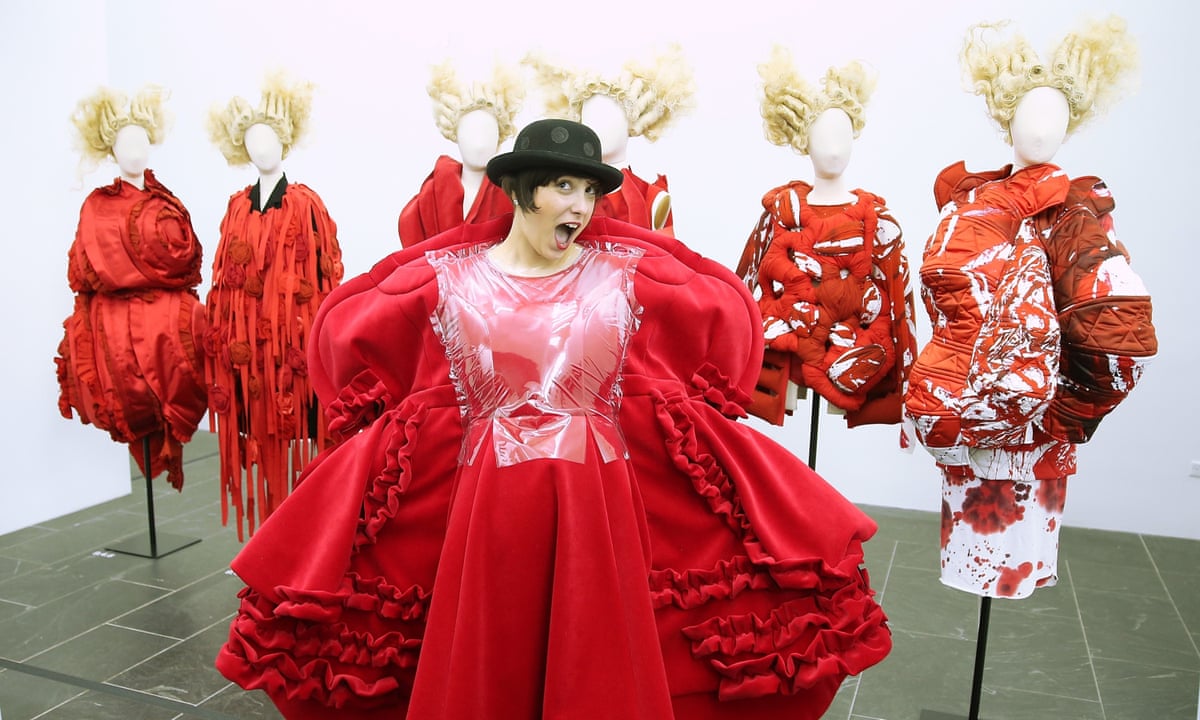What exactly is Urban Fashion?
Street style, a dynamic and ever-evolving facet of the global fashion arena, transcends conventional aesthetics by embracing individuality and cultural expression. It is an organic form of self-expression that thrives outside the confines of high-fashion runways and curated magazine pages. Rooted in the diverse urban landscapes, street style is often perceived as an authentic reflection of societal shifts, personal narratives, and cultural identities.
The Evolution of Street Style
Texto: Arising after the end of World War II, street fashion started to establish a unique identity as young subcultures attempted to rebel against the customary dress codes set by society. In urban areas such as London and New York during the 1950s and 1960s, mods, rockers, and beatniks utilized apparel to express their dissent and musical tastes. This era signified the onset of fashion as an expression of cultural connections and individual identity.
As the 20th century advanced, urban fashion kept transforming. The 1980s and 1990s saw the emergence of hip-hop and skateboarding culture, which led to the popularity of loose jeans, printed t-shirts, and sporty footwear—an enduring style that continues to impact today. The early 2000s welcomed aspects of Japanese urban fashion and the blend of high and low fashion, evidenced in the contrast between luxury designer items and second-hand store treasures.
Features of Urban Fashion
Street style is marked by its variety and adaptability. Unlike conventional fashion, it is not limited by seasonal trends nor controlled by fashion designers. This style encourages a unique fusion of different styles, merging distinct components to form fresh aesthetics. Key aspects typically involve:
1. Realness and Individuality: Fundamentally, street fashion signifies a genuine display of personal aesthetics. People leverage attire to narrate distinct stories and express who they are, resulting in a diverse blend of styles that showcase ethnic, social, and subcultural variety.
2. Influence of Urban Environments: Urban settings provide the canvas for street style. Cities such as Tokyo, Paris, and Milan serve as bustling theaters where fashion narratives are continuously reimagined. Each city’s cultural fabric significantly influences the style landscape, resulting in distinct expressions of street fashion.
3. Impact of Social Networks: The digital era has boosted the propagation and speed of street fashion. Platforms such as Instagram and TikTok have made fashion more accessible, enabling style influencers and regular individuals to display their artistry worldwide. This has eased the spread of trends, turning street fashion into a global craze.
Research Reports: Innovators of Urban Fashion
To illustrate the impact of street style, it’s worthwhile to examine influential figures who have shaped this movement:
Bill Cunningham: The deceased New York Times photographer revolutionized the capturing of street fashion. Through his spontaneous imagery, he chronicled the diverse clothing selections of ordinary New Yorkers, breaking the restrictive barriers of the fashion world and honoring uniqueness.
Virgil Abloh: As the creator of Off-White and ex-artistic head of Louis Vuitton’s menswear, Abloh transformed luxury apparel by integrating streetwear aesthetics into high-end fashion. His creations showcase the fusion of urban style with traditional fashion standards, bringing it to a wide audience.
Chiara Ferragni: An Italian businesswoman and fashion influencer, Ferragni has established herself as an international symbol of street fashion. Via her blog and significant presence on social media, she demonstrates how individual fashion sense can evolve into a global impact.
The Impact of Street Style on Fashion and Culture
Street style’s impact extends beyond fashion—it influences music, art, and social movements. It serves as a vehicle for marginalized voices, offering a platform for underrepresented communities to showcase their creativity and cultural heritage. Moreover, it acts as a catalyst for conversations about societal issues such as sustainability, ethical fashion, and cultural appropriation.
In the end, street style questions the norm and promotes ongoing conversations within the fashion world, pushing limits and motivating creatives to rethink traditional concepts of beauty and design. Its flexible nature mirrors the constantly evolving cultural scene, welcoming change while nurturing relationships among people globally.





